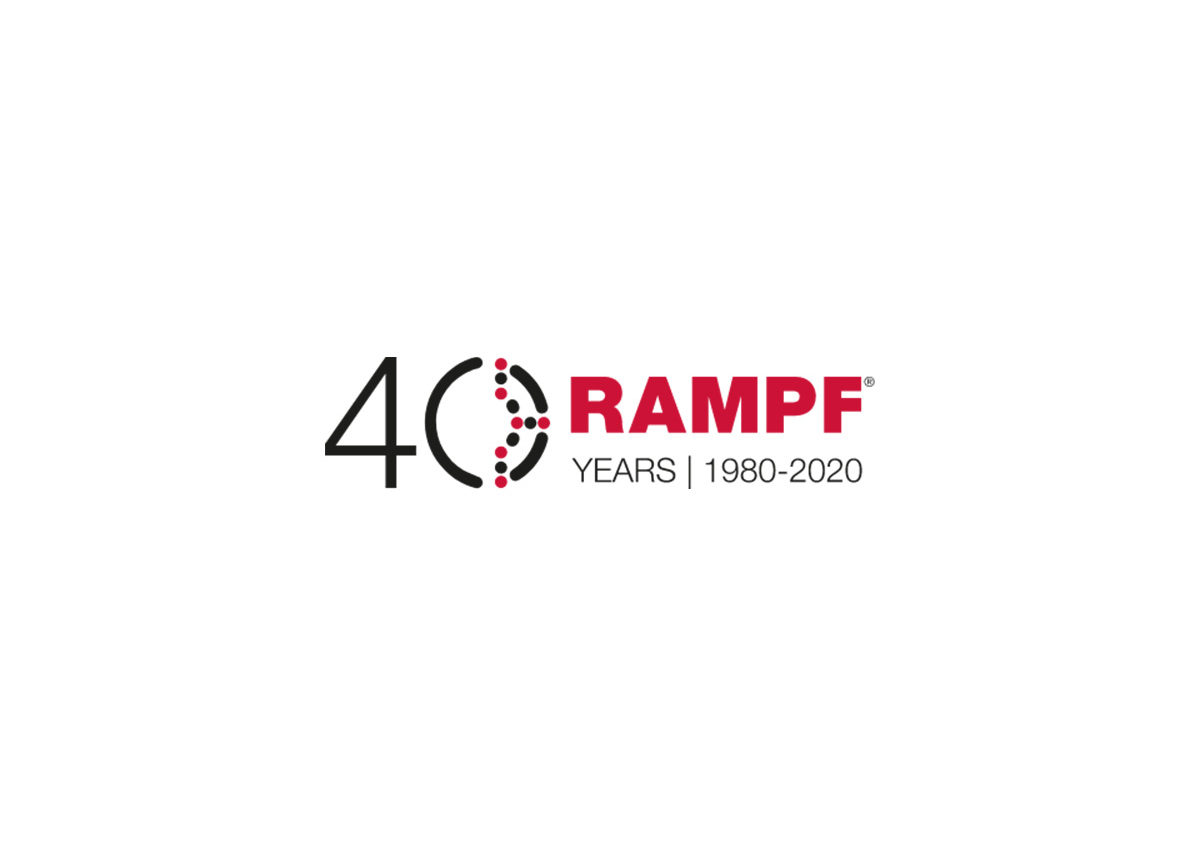

Among the highest performing elastomers in the RAMPF product line are polyurea/polyurethane hybrid systems that exhibit excellent durability with high strength, high heat resistance and good elongation. Specific product lines formulated using amine curatives include the IE-644 and IE-9000 families of Shore A hardness polyurethanes, the high-performance TP-4000 polyurethanes series and the VA-1000 Shore A hardness polyurethane systems for vacuum assisted casting.
These materials are also characterized by a slight darkening in color as they age.
While this color change is often attributed to ultra-violet degradation, it can also result from oxidation. Both liquid, amine-containing hardeners and parts cast from amine-based systems will discolor after exposure to oxygen.
This effect can be minimized or prevented if care is taken in handling the polyurethane system. For example, RAMPF TP 4007 resin and hardener are light amber in color when manufactured and supplied to customers. However, once the container of hardener is opened, it must be blanketed with dry nitrogen and tightly resealed to preserve the color. Dry nitrogen, because it is heavier than air, produces a barrier that protects the material from oxygen and moisture in the air and thereby eliminates oxidative reactions which can cause discoloration. If the material is not blanketed, it will begin to darken; this change in color will deepen as air exposure continues.
In a cured, pigmented parts, a similar discoloration may be noticed on surfaces as they age. For example, a prototype cast from TP 4007 polyurethane that has been colored light gray may turn green after exposure to ultra violet light and the oxidizing effects of air. When finished parts must retain a specific color, painting may be more desirable than pigmentation.
For more information, contact RAMPF at 248.295.0223 or e-mail rgi-officestj@rampf-group.com.
Have questions about a product? Want something custom made just for you?
Get in touch with one of our expert sales-representatives for more information about our products.
© 2021 Innovative Polymers - All Rights Reserved
| Cookie | Duration | Description |
|---|---|---|
| cookielawinfo-checkbox-analytics | 11 months | This cookie is set by GDPR Cookie Consent plugin. The cookie is used to store the user consent for the cookies in the category "Analytics". |
| cookielawinfo-checkbox-functional | 11 months | The cookie is set by GDPR cookie consent to record the user consent for the cookies in the category "Functional". |
| cookielawinfo-checkbox-necessary | 11 months | This cookie is set by GDPR Cookie Consent plugin. The cookies is used to store the user consent for the cookies in the category "Necessary". |
| cookielawinfo-checkbox-others | 11 months | This cookie is set by GDPR Cookie Consent plugin. The cookie is used to store the user consent for the cookies in the category "Other. |
| cookielawinfo-checkbox-performance | 11 months | This cookie is set by GDPR Cookie Consent plugin. The cookie is used to store the user consent for the cookies in the category "Performance". |
| viewed_cookie_policy | 11 months | The cookie is set by the GDPR Cookie Consent plugin and is used to store whether or not user has consented to the use of cookies. It does not store any personal data. |